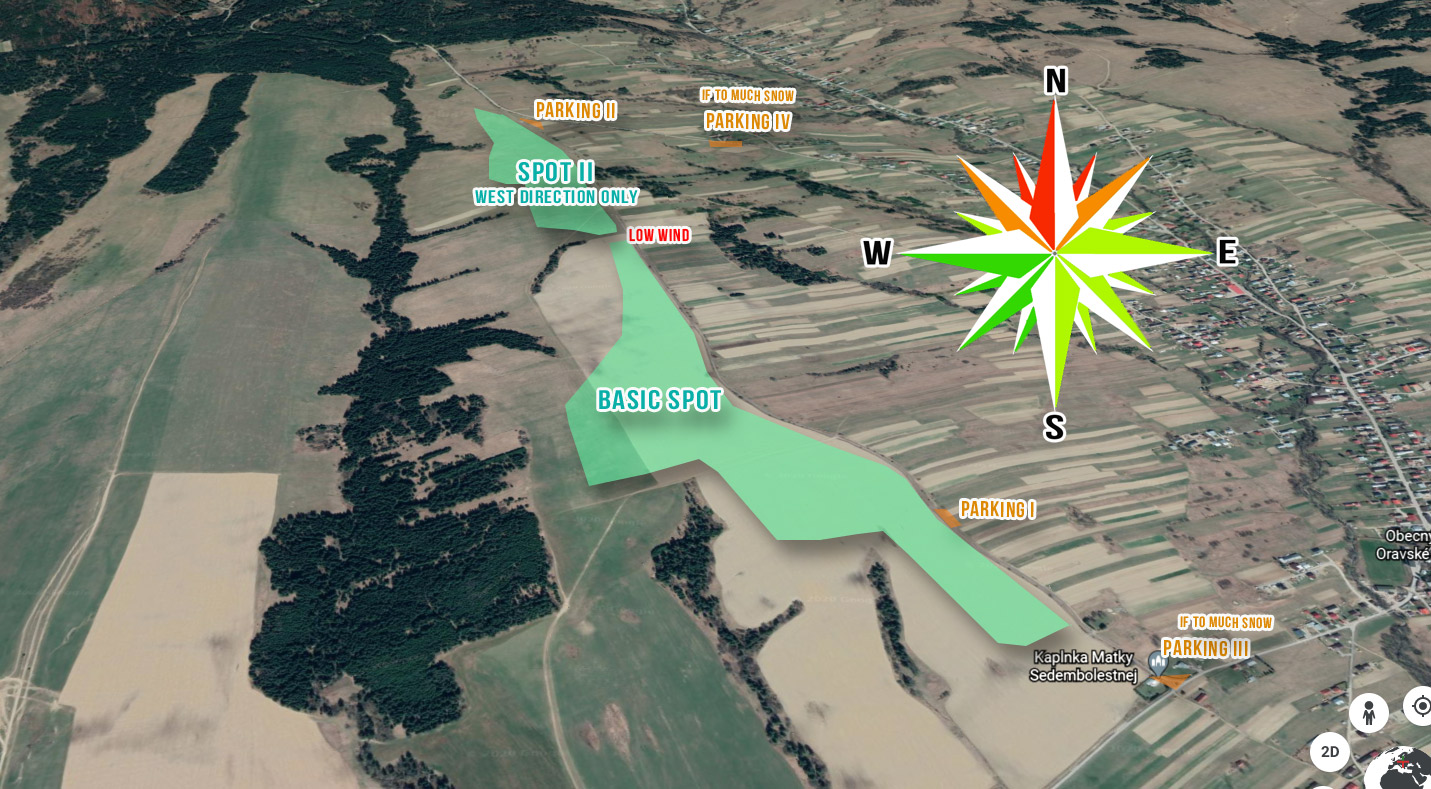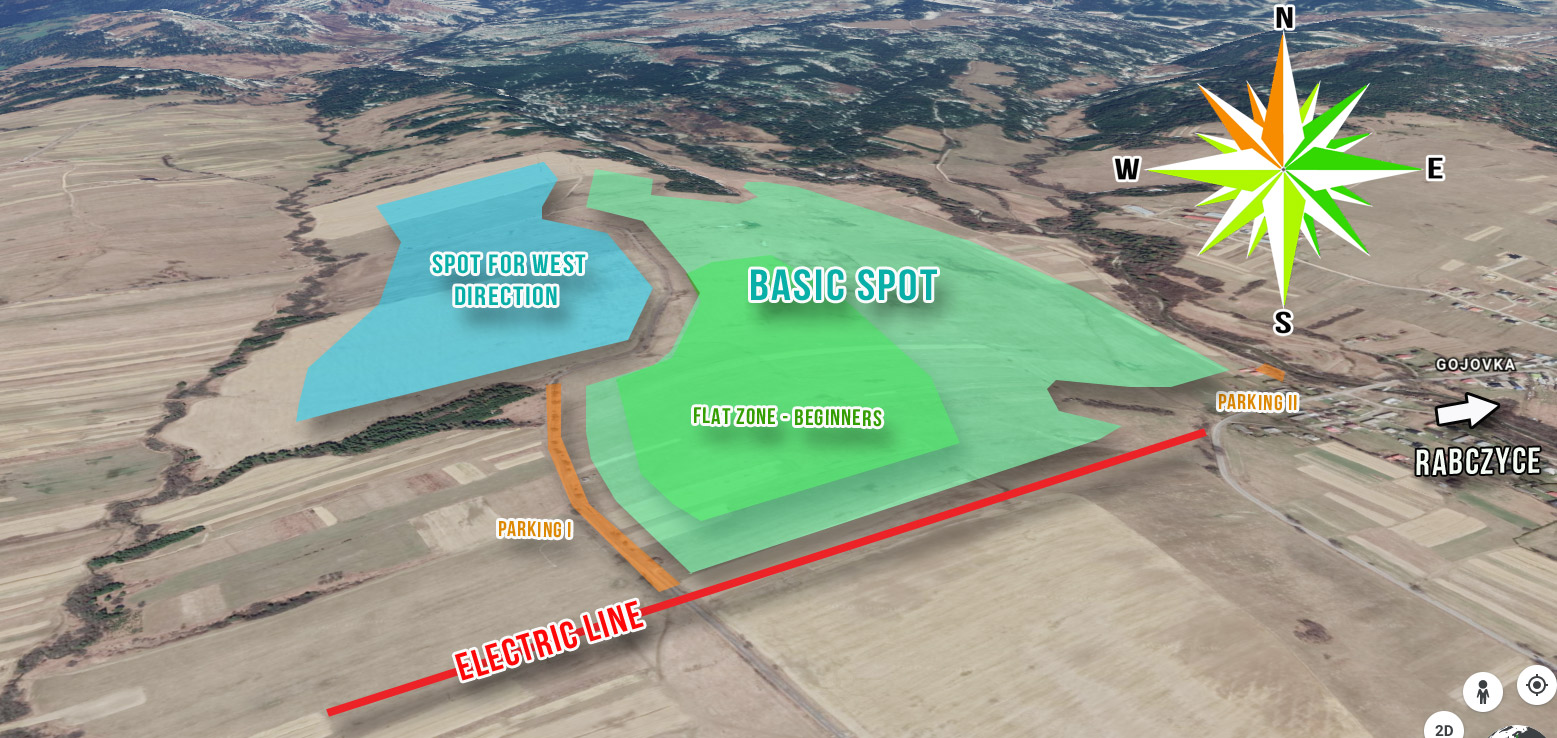Spoty Snowkite na oravach
In Slovakian Oravs, there are a dozen of snowkite spots located in different places: at different heights, with field exposures in different directions.
This diversity gives us a chance to choose a spot according to the actual forecast, wind direction and amount of snow. At this moment we have 11 spots highlighted, 4 of them are base spots and these have been described more specific.
Take a look at the individual spots – check their characteristics to be able to choose the best place for snowiting.
Before you go to Oravy, check out the Kiter licenses – free cards issued for snowkiters, which are defined to familiarize you with the rules of snowkiging in Slovakian fields.






